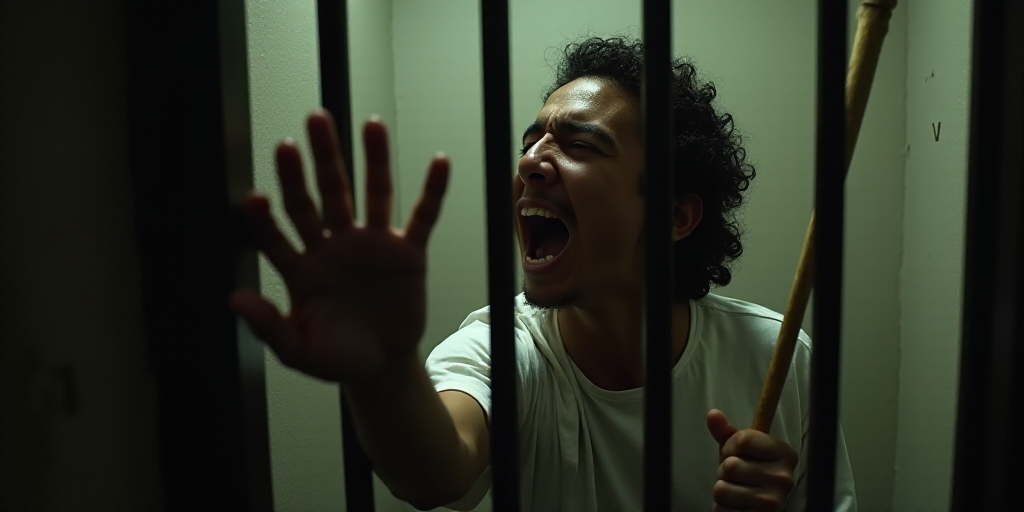Introduction
In 2024, approximately 5,000 adolescents between the ages of 14 and 17 entered Colombia’s penal system after committing crimes, including homicide, according to the Ministry of Justice. Pablo Escobar, a notorious drug lord during the 1980s, created an army of impoverished teenagers willing to commit heinous crimes against law enforcement, politicians, and judges. This dark legacy continues to haunt Colombia.
Recent Incidents
The recent attempted assassination of presidential aspirant Miguel Uribe in Bogotá has brought these crimes back into the spotlight. A 15-year-old boy was imputed for allegedly shooting Uribe during a meeting with supporters in a park. The teenager, who is under arrest and claims innocence, reportedly fired three shots at Uribe, leaving the political leader in critical condition.
Expert Opinions
Mathew Charles, a former Unicef advisor in Colombia and director of the Mi Historia youth vulnerability inclusion foundation, states that using minors as criminals is not unusual in Colombia. The legal framework for minors differs from that of adults, offering lighter penalties.
Colombia’s Attorney General, Luz Adriana Camargo, confirmed that criminal gangs employ minors due to the lenient legal consequences. In 2024, nearly 5,000 adolescents aged 14 to 17 entered the Colombian penal system for crimes, including homicide.
Background of the Youth Involved
These young criminals typically come from impoverished neighborhoods with limited access to education and unstable family environments, according to Charles. Facing a lack of opportunities, crime appears as the only solution.
“They are seeking quick solutions to earn money because there is no food on the table at night in their homes,” Charles explains.
Over 33% of Colombians live in poverty, and nearly 4% of school-aged children abandoned their studies in 2023, according to the latest official balance. Criminal groups pay minors between $50 and $500 to commit murders, according to Charles’s investigations. Often, these minors are deceived and never receive the promised payment.
Consequences
The maximum penalty for a minor convicted of homicide in Colombia is eight years. An adult could face up to 50 years in prison.
Using minors is a long-standing practice in Colombia, seeking impunity and exploiting their marginalized status, according to penal lawyer Francisco Bernate.
Bernate emphasizes that children and adolescents lack the full capacity to understand the consequences of their actions, which is why they receive different treatment from adults under international conventions.
The Attorney General Camargo explained that the juvenile legal framework focuses on educational and restorative sanctions, sending minors to specialized centers instead of prison.
Haunting Memories
On March 22, 1990, communist presidential candidate Bernardo Jaramillo was shot and killed at an airport by a 16-year-old assailant, despite being accompanied by bodyguards. The teenager served a brief detention period before dying alongside his father in Medellín’s car trunk in 1992.
Journalist and academic Jorge Cardona, author of “Días de Memoria,” recounts two additional cases. Minister of Justice Rodrigo Lara Bonilla was assassinated by a 16-year-old in 1984, and Carlos Pizarro, a former M-19 guerrilla and presidential candidate, was shot by a 20-year-old inside an airplane in 1990.
These cases remain unresolved.
Key Questions and Answers
- What is the issue? The use of child killers in Colombia, a legacy from Pablo Escobar’s criminal empire.
- Why does this problem persist? Poverty, lack of education, and the exploitation of minors by criminal organizations contribute to this ongoing issue.
- What are the consequences for minors convicted of crimes? The maximum penalty for a minor committing homicide in Colombia is eight years, compared to up to 50 years for adults.
- How do criminal groups recruit minors? Groups pay minors between $50 and $500 to commit murders, often deceiving them about payment.
- What are the historical examples of this issue? Several high-profile assassinations in Colombia involved teenage assailants, including the murders of presidential candidates and government officials.






